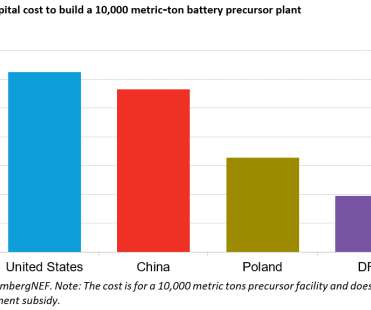Group of 285 global investors with more than $20T in assets under management calls for urgent action on investment-grade climate change and energy policies; guidelines for governments
Green Car Congress
OCTOBER 24, 2011
According to the group, an integrated climate change and clean energy policy framework should include: Clear short-, medium- and long-term greenhouse gas emission reduction objectives and targets, and comprehensive, enforceable legal mechanisms and timelines for delivering on these objectives and targets.












Let's personalize your content